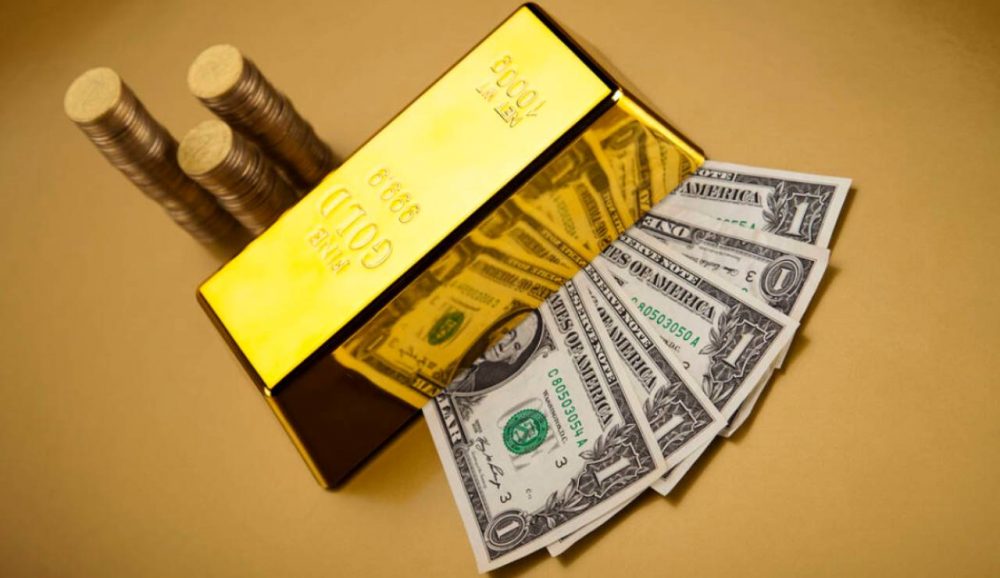Gold prices continue to be influenced by winds blowing from different directions. Those who inflate the sails from these winds raise the bottom, while those blowing from the opposite direction slow down or reverse their direction. In the coming days, there will be some developments that will affect the strength of these winds. 5 big banks explain the effects of these developments on gold forecasts.
“Gold will be affected by three major events next week”
According to the report of Commerzbank economists, US inflation data and/or the Fed and the ECB may give the gold market new momentum next week. Economists make the following statement:
First, US inflation data will be released. It is possible that the market will come out more moderate than predicted. This will have no effect on the Fed’s rate decision the next day. That said, it’s likely to affect the tone at the press conference. If the market pulls back on its expectations for a rate hike cycle, this will likely give gold a boost. It is somewhat doubtful whether the third major event, the ECB’s meeting on Thursday, will have a serious impact on prices.
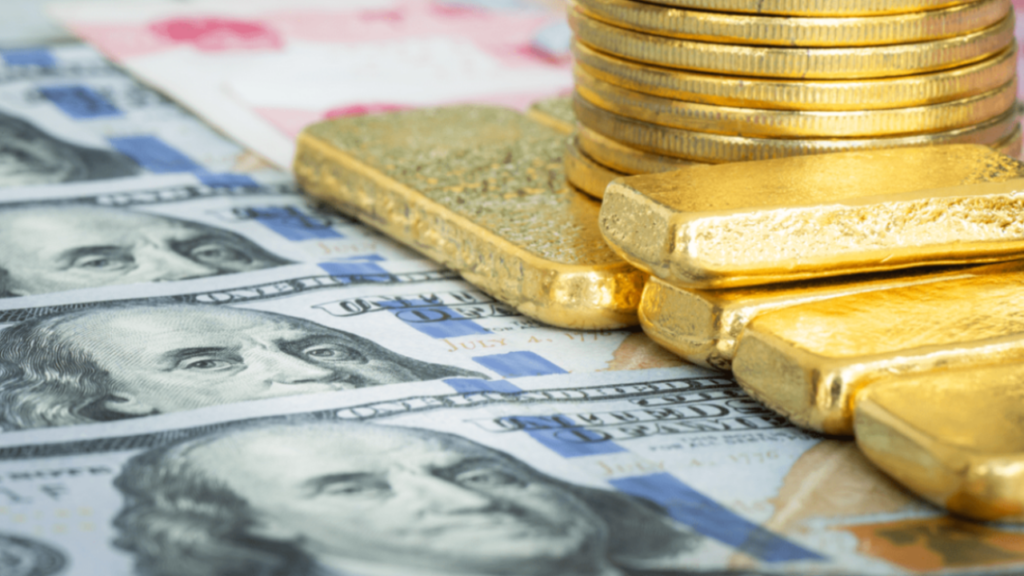
“A cheaper dollar signals bullishness for gold”
cryptocoin.com As you can follow on , gold rose 6.4% in November on the weakening dollar and lower yields. Société Générale economists say a lower interest rate environment will support the yellow metal. Economists make the following assessment:
With 261,000 nonfarm jobs added to the US economy, it exceeded the consensus estimate of 193,000. This will likely ease the pressure on the Fed to continue tightening interest rates further. Gold is a non-yielding asset. Therefore, a lower interest rate environment is bullish for bullion.
Meanwhile, the US 10-year real yield fell 29.6 basis points in November. Gold found further support later in the month with the release of US CPI figures for October. These were lower than the market had predicted. Economists continue their assessments as follows:
Low inflation is traditionally bearish for gold. However, market sentiment appears to be focused on the possibility of the Fed making slower rate hikes or returning sooner to dovish policies that would further lower real rates if they were brought under control faster than inflation fell. Gold was supported by the weakening dollar in a lower nominal interest rate environment, with DXY falling 5.0% during the month. A cheaper dollar is bullish for the shiny metal.
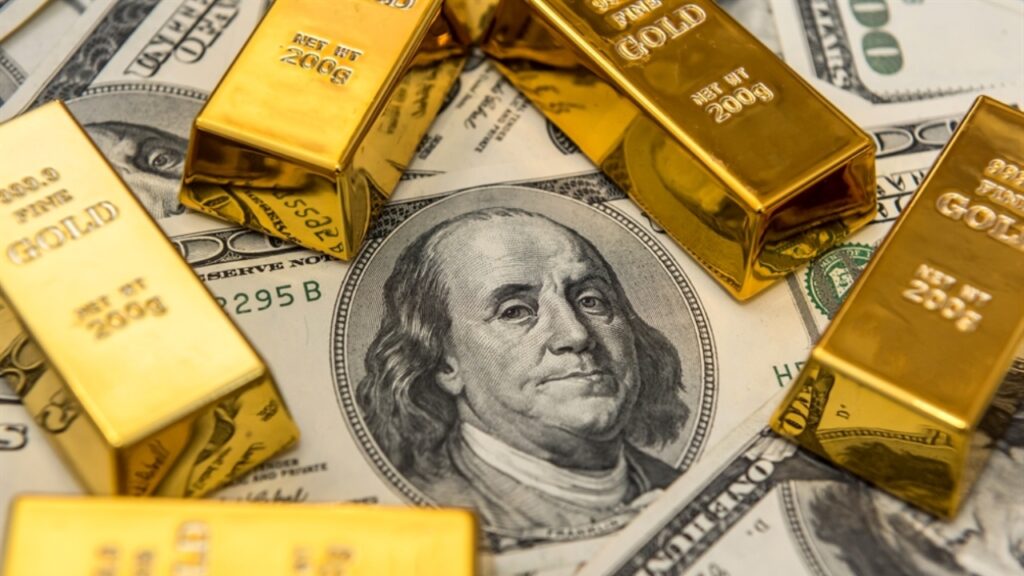
“Yellow metal will enjoy a deeper recovery”
The yellow metal needs a weekly close at $1,796 above the 200-Day Moving Average (DMA) to see more gains, according to a report by Credit Suisse strategists. In this direction, strategists draw attention to the following levels:
Gold remains limited to the critical 200DMA currently seen at $1,796. We expect a consolidation to emerge from here. It is below the $1,729 support, but with support seen at $1,698 at the next 55DMA, this is necessary to dampen the uptrend in the range. We anticipate a weekly close above $1,796 will open the door for a more meaningful recovery to $1,843 after a 50% drop in 2022, followed by June’s high to $1,877.
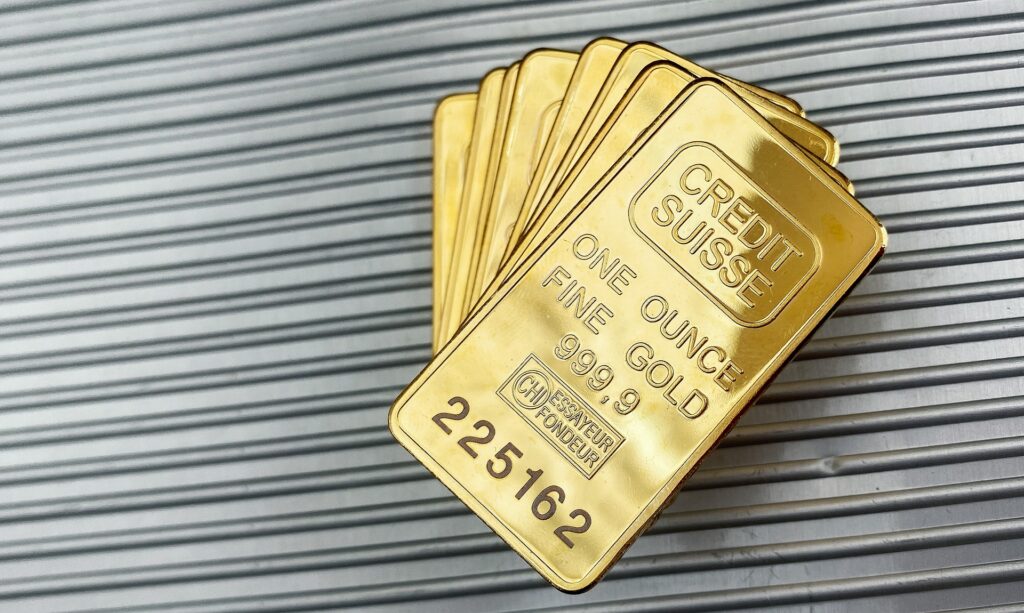
“Brilliant metal could be setting the stage for an epic bull trap”
TD Securities economists say the gold rally is starting to show signs of exhaustion. According to economists, an epic bull trap is likely to develop underneath. In this context, economists make the following statement:
Below we see signs that the purchase is over. However, significant consolidation in prices will be needed before CTA trend followers can trigger new exits. At this point, a rally north of $1,830 only indicates marginal CTA buying from current position levels. Therefore, position risks are no longer upside. This indicates that the painstaking trade in precious metals will finally lose its power and set the stage for an epic bull trap in precious metals. Because the recent strong price action is attracting discretionary interest in the complex. However, it is unlikely that macro headwinds will soften in the coming months.
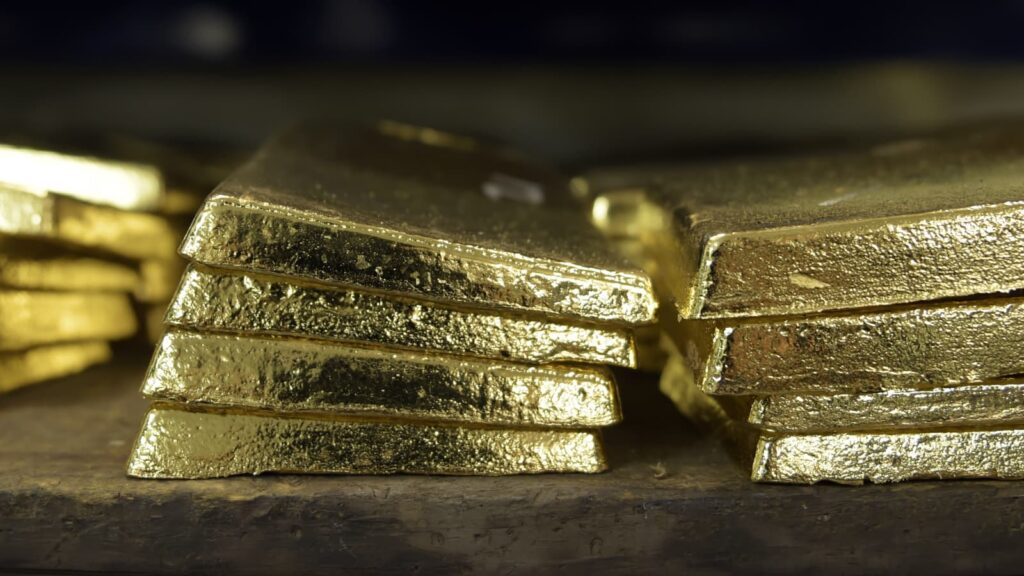
Four key differences between gold and silver
It is possible that both gold and silver, to varying degrees, can offer a hedge in a potential economic or market downturn and in times of ever-rising inflation. According to economists at Morgan Stanley, there are four factors to consider when deciding to invest in gold or silver.
Silver more tied to the global economy
According to the World Silver Survey, half of silver is used in heavy industry and high technology. As a result, silver is more sensitive to economic changes than gold, which has limited uses other than jewelry and investment purposes. When economies rise, demand for silver tends to increase.
Silver is more variable than gold
The volatility in silver prices can be two to three times greater than that of gold on a given day. It is possible for traders to benefit from this. However, such fluctuations are also likely to be challenging when managing portfolio risk.
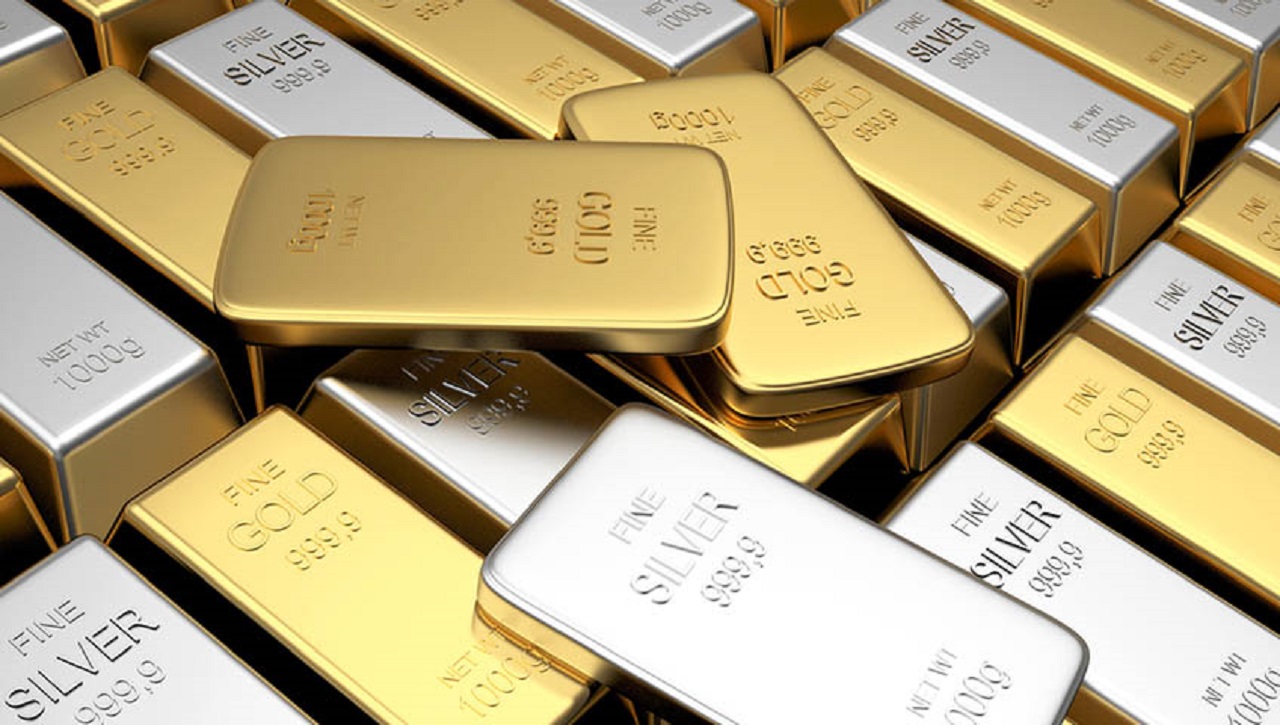
Gold became a stronger diversifier than silver
Silver has moderately weak positive correlation with stocks, bonds and commodities. Therefore, it is considered a good portfolio diversifier. However, gold is considered a stronger diversifier. It has consistently been unrelated to stocks. It also has very low correlations with other major asset classes. Unlike silver, gold has very limited industrial uses. Therefore, economic downturns affect the yellow metal less.
Silver is currently cheaper than gold
Silver per ounce tends to be cheaper than gold. This makes it more accessible to small individual investors who want to own precious metals as physical assets.

